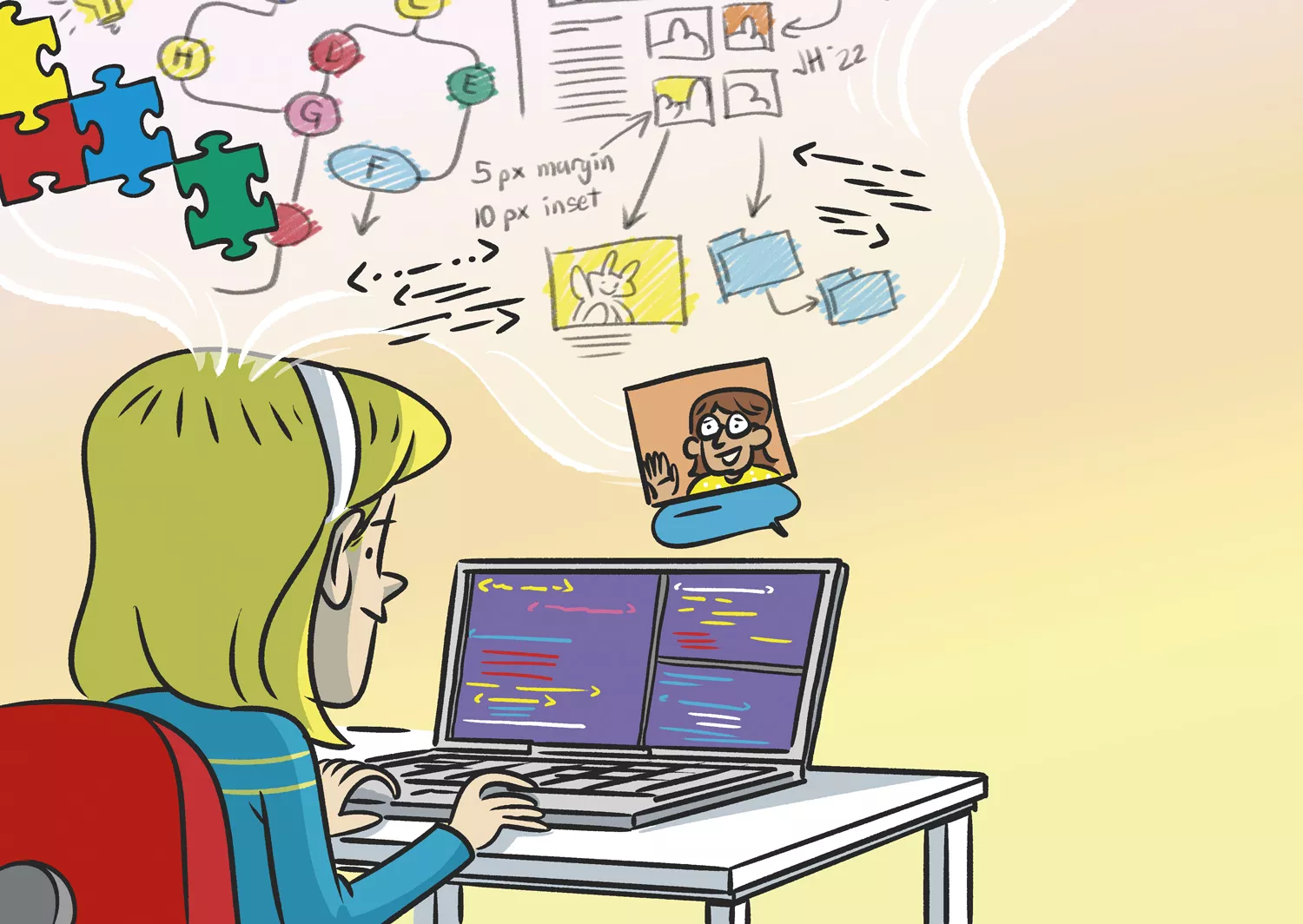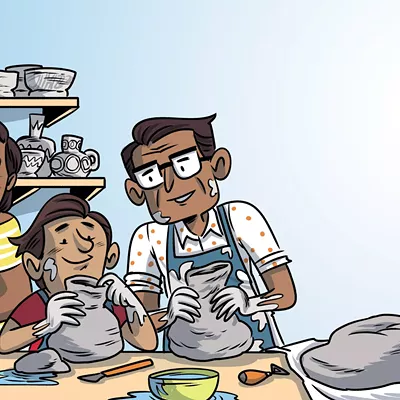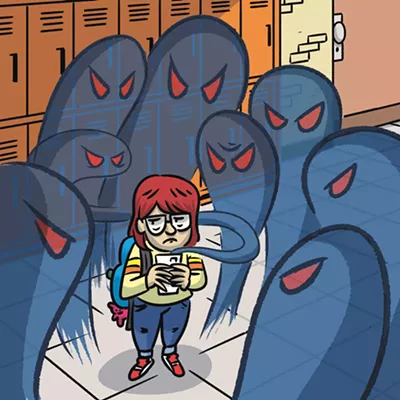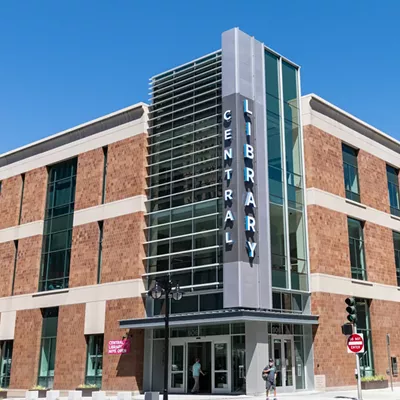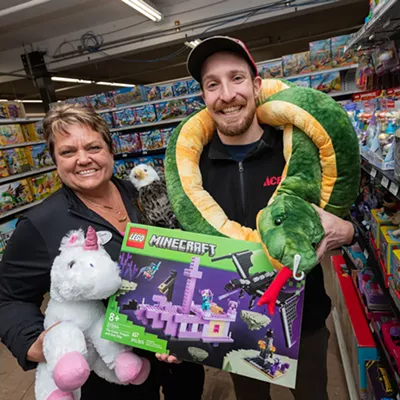Within the last 15 years, digital devices have become ubiquitous in our lives. Whether we're lounging in our living rooms or hurtling through the sky at 40,000 feet, chances are that we're personally interacting with one or more of them. And though these devices come in very different forms, what they all have in common is an built-in set of instructions known as code.
The increasing demand for code to power both consumer and industrial electronics has turned what was once a specialized skill into a mainstream career path. The Bureau of Labor Statistics, for example, is predicting 22 percent growth — "much faster than average" — in the software development field between 2019 and 2029.
That might explain why more and more educational opportunities are opening up for children along those lines. A joint report issued in 2019 by the Computer Science Teachers Association found that 45 percent of high schools across 39 states now teach computer science, and a glance at almost any kid-oriented activities brochure is likely to reveal a growing selection of "Coding 101" workshops.
Yet learning to code has the potential to be more than just career prep.
"Coding is not just a technical thing. Kids also have to be able to think about design and flow, which takes a lot of creative thinking. Then they have to apply the technical components to actually execute it," says Matilda O'Connor, director of partnerships at Coding with Kids.
That process "uses both sides of the brain" to strengthen kids' "critical-thinking skills, problem solving and improve their analytical abilities,'' she adds.
Coding with Kids is one of several organizations that have emerged around the idea of familiarizing children with the fundamentals of programming from a young age. Since its launch in 2013 as the brainchild of a Microsoft engineer, Coding with Kids has taught more than 50,000 students and partnered with more than 600 schools.
"We do a project-based curriculum, as most coding classes are, and it's very hands-on. So we're teaching kids how to think logically and how to troubleshoot cause and effect. If I want my character to go left or right, what do I have to change within my program? If I change this in my program, what does it do within my project?"
The potentially advantageous side effects of coding have attracted scientific study. For three academic years, Yune Tran worked with a large pool of elementary students in Portland, Oregon, to gauge how students of various backgrounds benefited from being introduced to coding concepts. Today, Tran is dean of the School of Professional Studies at Providence College in Rhode Island; her data from the initial 2015-16 school year was published in a paper titled "Computational Thinking Equity in Elementary Classrooms: What Third-grade Students Know and Can Do."
When interviewing the students during the study, she says, "They really were really tapping into how a lot of the coding concepts they were learning helped with daily life, including some of the things they were doing outside of school."
A few of them, for example, said that running laps on the soccer field was less daunting when they thought of it like the loops used in computer code. Others said the concepts carried over to improve their understanding of math.
"A lot of it was also about the soft skills that they learned, like perseverance and collaboration. Some of these students had to pair with each other to work with those coding blocks, and they would say things like, 'It taught me a lot about teamwork because I had to think about my partner's needs,'" she says.
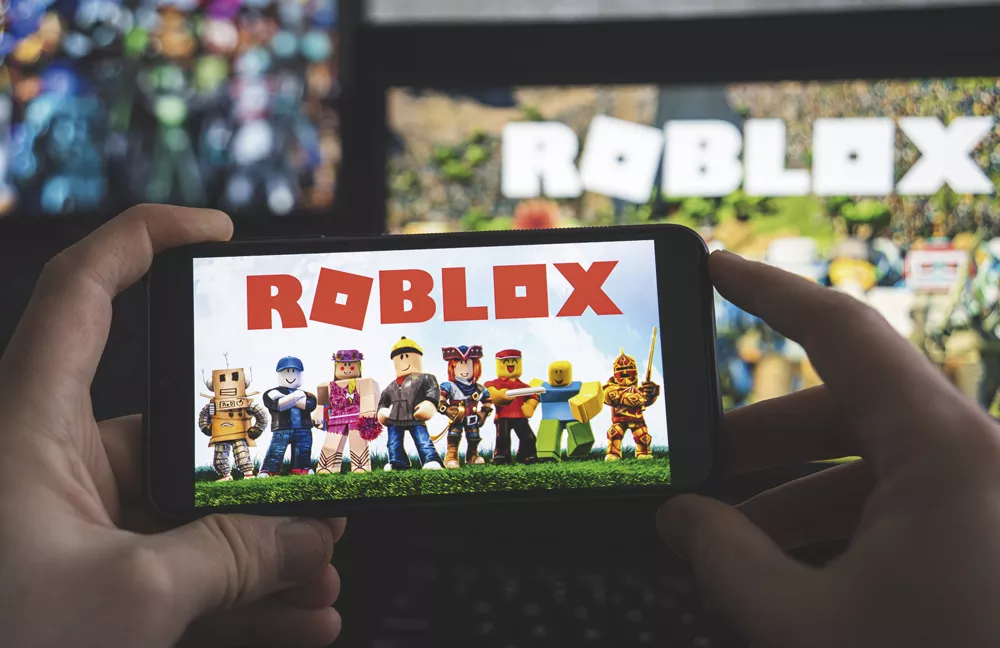
Tran says the data from the two subsequent school years, which she plans to publish in full in the near future, confirms many of the trends she observed in the first year. Along with cultivating soft skills and developing transferable concepts, the introduction to coding led more than a few students to view STEM careers more favorably by the end of their 10-week session.
"For some of the females in particular, they were really excited about doing something they weren't used to. They were like, 'I want to go into coding or gaming now because I'd rather build games where I feel represented.' It drove their ideas, their aspirations to now do something with what they were learning to make it relevant to who they are as a person."
One general takeaway from her research that Tran would stress to parents and educators is the importance of starting early. A 2020 StackOverflow survey found that about 35 percent of developers began programming before they turned 14, and there are good arguments for inspiring the next generation of developers at an even younger age.
"If students have that opportunity and that exposure [to coding] in elementary school, they're less likely to have those deeply ingrained misconceptions about gender or STEM careers. And by the time they get to middle school, they're more likely to want to take a computer science elective or just feel more confident about participating in a science or math class," she says. "Early access is just so important for future drive and success."
Want your kids to get hands-on exposure to coding? Check out these local and online options.
Spark Central
Mobius Discovery Center
Spokane Public Library
Online options include Code.org, Codeacademy, Scratch, Tynker, Construct, Unity and Roblox. iD Tech offers online coding classes with live tutors.

